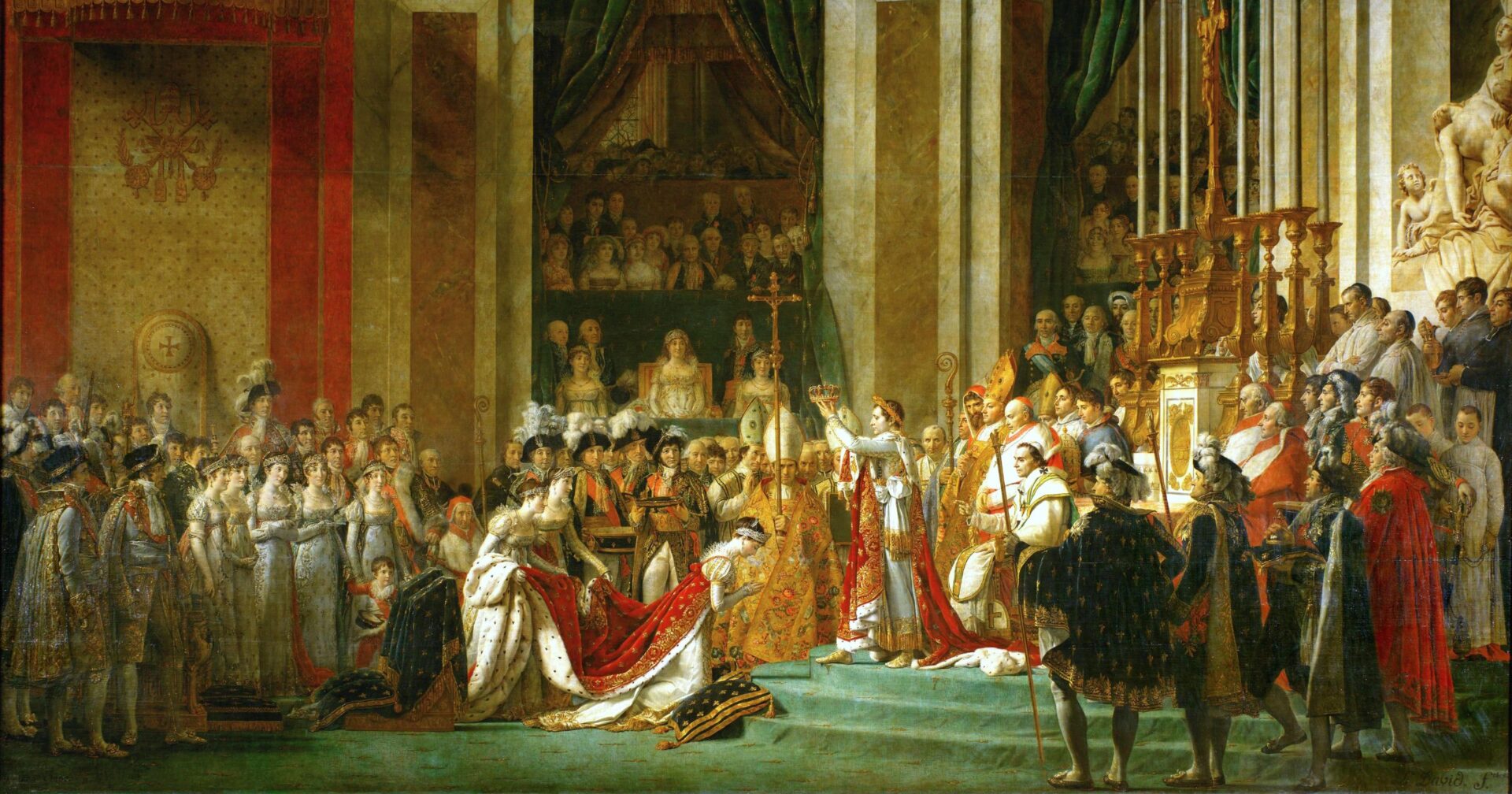From the 8th century until Pope John Paul I, papal coronations involved the crowning of the new pope with the papal tiara.
Many papal tiara were made throughout history, typically of gold adorned with gems and religious imagery. But one time, the pope was crowned with paper – papier-mâché.
The election of Pope Pius VII in 1800 was a somber one, his predecessor having died in exile after being taken prisoner by Napoleon.
When they did elect Pope Pius VII, after months of stalemate, they were faced with another problem: the looting of the Holy See’s stock of tiaras by Napoleon left no papal crown for the new pope.
A practical folk, his papal tiara was fashioned from papier-mâché, covered in silver cloth, and decorated with jewels donated by local ladies of the aristocracy.
When Pius VII began moves towards peace with France, Napoleon gave him a new tiara made partially from the exact ones his soldiers had looted from the Holy See years before. Adding insult to injury, it bore inscriptions glorifying Napoleon, was too small to be actually worn, and weighed five times as much a normal one. Pius VII politely declined to wear it.
The paper papal tiara was popular during lengthy ceremonies, due to its superior breathability and lightweight construction. Even when Pius VII had a proper golden paper tiara made for him in 1820, he very seldom used it.
His successors Pius IX first brought it back after Gregory XVI deemed it demeaning, and Leo XIII reportedly wore it up until the end of the 19th century.
















[…] Переклад CREDO за: uCatholic […]